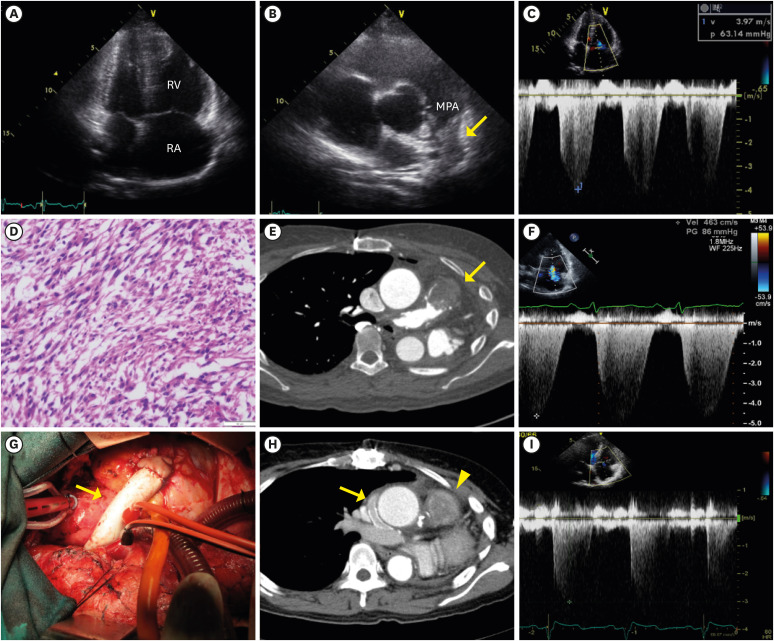Korean Circ J.
2020 Dec;50(12):1127-1128. 10.4070/kcj.2020.0349.
Pulmonary Artery Obstruction Caused by Leiomyosarcoma
- Affiliations
-
- 1Division of Cardiology, Department of Internal Medicine, Yonsei University College of Medicine, Seoul, Korea
- KMID: 2509033
- DOI: http://doi.org/10.4070/kcj.2020.0349
Figure
- Full Text Links
- Actions
-
Cited
- CITED
-
- Close
- Share
- Similar articles
-
- A case of primary pulmonary leiomyosarcoma
- A Case Report of Mediastinal Leiomyosarcoma
- Duodenal Leiomyosarcoma Presenting with Gastrointestinal Bleeding and Obstruction: A Case Report
- A Case of Primary Omental Leiomyosarcoma
- Acute Pulmonary Edema Following Upper Airway Obstruction In An Adult: A case report


